Find the Best Boiler Installation Services Near You
Reliable Boiler Installation Services
HVACCompaniesHub.com connects you with qualified and licensed boiler installation professionals in UK. We'll help you find the right heating solution for your needs and budget.
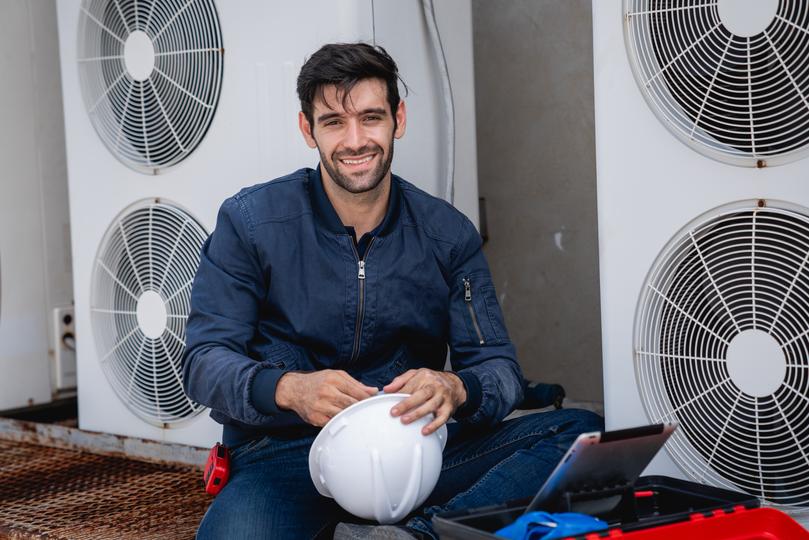
Boiler Installation Experts Near Me
Looking for boiler installation services in another area? Browse our directory to find local HVAC professionals across UK.
Boiler Installation Made Easy
HVACCompaniesHub.com simplifies the process of finding and hiring a qualified boiler installer. Here's how it works::

- Tell Us About Your Project
- Describe your current heating system and your needs for a new boiler.
- Connect with Qualified Installers
- Get connected with local professionals who specialize in boiler installation.
- Compare Quotes & Choose the Best Fit
- Find the right solution for your home and your budget.
- Schedule Your Installation
- Your chosen installer will schedule a convenient time to install your new, energy-efficient boiler.
Why Choose HVACCompaniesHub.com for Boiler Installation?
The smarter way to find Boiler Installation pros
Choosing the right boiler and installer is crucial for a reliable, efficient, and safe heating system. HVACCompaniesHub.com connects you with trusted boiler installation professionals in UK. Here's why we're the best choice for your new boiler installation:: We take the stress out of finding the right HVAC companies. Here's how:

- Qualified & Licensed Installers
- We partner with experienced and licensed heating professionals who meet our strict quality and safety standards. . You can be confident that your boiler installation will be done right.
- Competitive Quotes & Upfront Pricing
- Don't overpay for your new boiler. Our platform makes it easy to compare quotes from different installers in your area, so you can find the best deal. Our installers provide upfront pricing to help you make informed decisions.
- Wide Selection of Boilers
- We work with installers who offer a variety of boiler brands, models, and fuel types, including gas, oil, and electric boilers. . Choose from a variety of options. Explore high-efficiency condensing boilers and combi boilers (combination boiler) to save on energy costs.
- Expert Advice & Support
- Not sure which type of boiler is right for your home or business? Our network of boiler professionals can provide you with expert advice and guidance. . Find the perfect solution for efficient heating.
- Simple & Convenient Process
- Simplify the process of upgrading your heating system. Request quotes, compare options, and schedule your installation quickly and easily. Get your new boiler installed with minimal disruption to your daily routine.
- Free To Use
- HVACCompaniesHub.com is a free resource for anyone looking for qualified HVAC services. Avoid the hassle of finding reliable installers on your own. Start your boiler installation project today.
Reliable Heating Solutions for Your Business
Commercial Boiler Installation
HVACCompaniesHub.com can help your business upgrade its heating system with a new, energy-efficient boiler. We work with experienced professionals who understand the unique needs of commercial properties. Our network of installers provides cost-effective solutions tailored to your heating requirements.
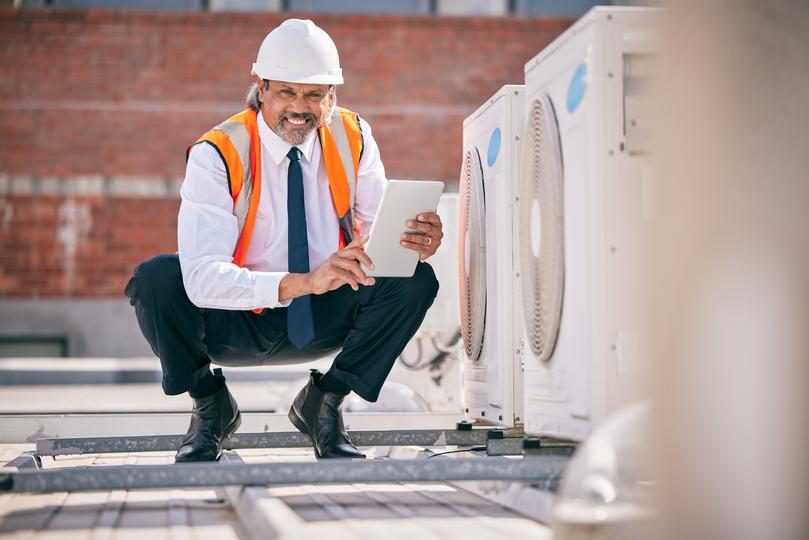
Find trusted HVAC companies near you. Get quotes for AC repair, furnace repair, HVAC installation, and maintenance services from the best local HVAC companies.

Get fast and reliable emergency HVAC services 24/7. We respond quickly to heating and cooling emergencies, ensuring your comfort is restored promptly.

Experienced commercial HVAC contractors for all your business needs. We handle installation, repair, and maintenance of {heating, ventilation, and air condition

Upgrade to a new, energy-efficient air conditioner. We connect you with certified HVAC technicians for seamless {AC replacement|air condi

Enjoy year-round comfort with a heat pump. Find qualified HVAC professionals for {expert heat pump installation|efficient and reliable heat pump serv
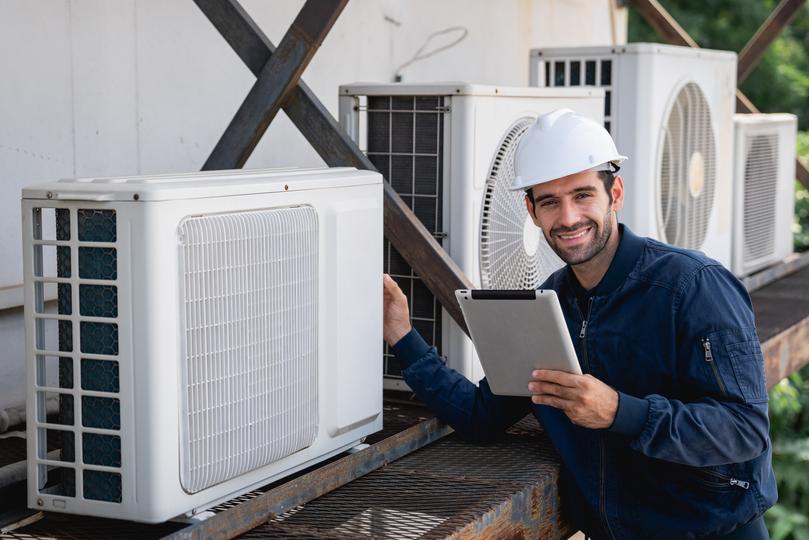
Keep your heat pump in top condition. Our network includes qualified HVAC technicians who specialize in heat pump repair.
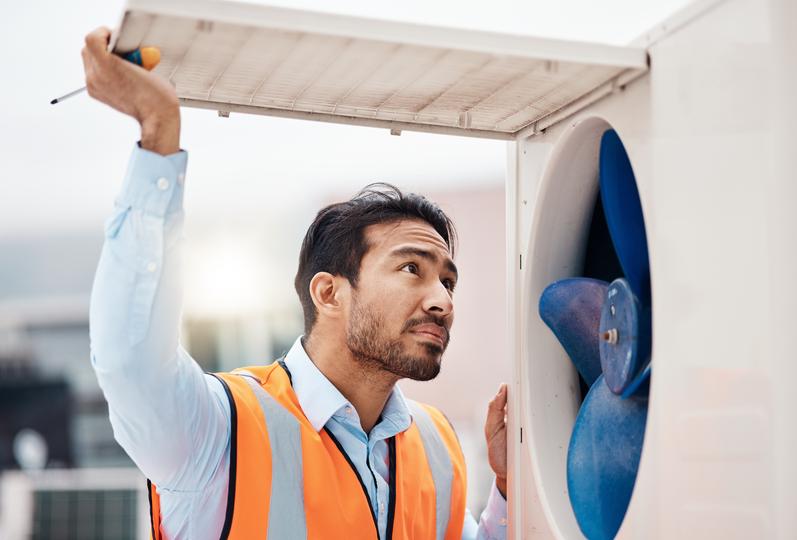
Get your furnace fixed quickly and efficiently. We connect you with reliable HVAC professionals who specialize in {furnace repair|heating s

Upgrade to endless hot water and save on energy bills. Find certified plumbers for {tankless water heater installation|on-demand water heater

Need a new boiler for your business? Find reliable HVAC technicians for expert heating system replacement.

Expert tankless water heater repair services. We can troubleshoot and repair any issues with your on-deman
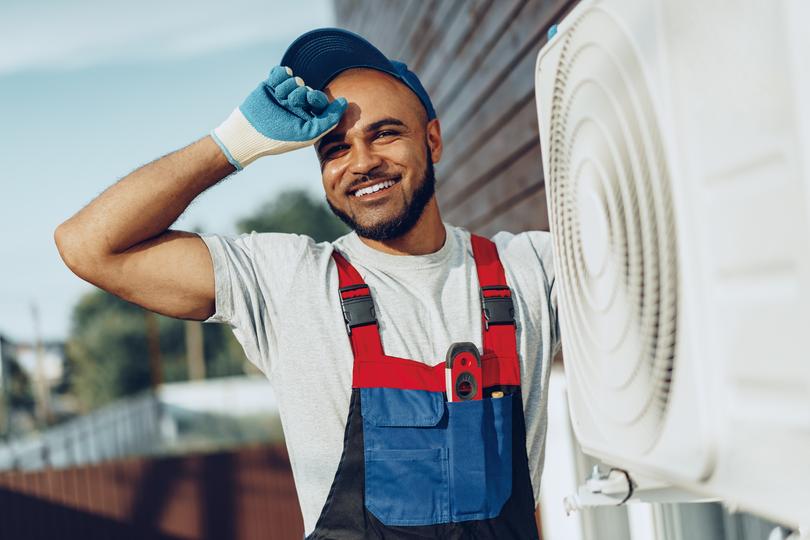
Get your AC repaired quickly. Find qualified HVAC technicians near you who specialize in {air conditioner repair|

Improve your indoor air quality and HVAC efficiency. We connect you with reliable air duct cleaning services.

Expert boiler repair services for residential and commercial properties. We can {connect you with qualified HVAC technicians|help you fin
Warmth and Comfort for Your Home
Residential Boiler Installation
HVACCompaniesHub.com helps homeowners find qualified and licensed boiler installers near you . Keep your home warm and cozy during the colder months with a new, energy-efficient boiler. From choosing the right boiler size and model to scheduling a convenient installation, we'll make the process simple and stress-free.

Find trusted HVAC companies near you. Get quotes for AC repair, furnace repair, HVAC installation, and maintenance services from the best local HVAC companies.

Get fast and reliable emergency HVAC services 24/7. We respond quickly to heating and cooling emergencies, ensuring your comfort is restored promptly.

Upgrade to a new, energy-efficient air conditioner. We connect you with qualified HVAC technicians for seamless {AC replacement|air condi

Enjoy year-round comfort with a heat pump. Find certified HVAC professionals for {expert heat pump installation|efficient and reliable heat pump serv

Keep your heat pump in top condition. Our network includes qualified HVAC technicians who specialize in heat pump repair.

Get your furnace fixed quickly and efficiently. We connect you with trusted HVAC professionals who specialize in {furnace repair|heating s

Upgrade to endless hot water and save on energy bills. Find certified plumbers for {tankless water heater installation|on-demand water heater

Need a new boiler for your business? Find trusted HVAC technicians for expert heating system replacement.
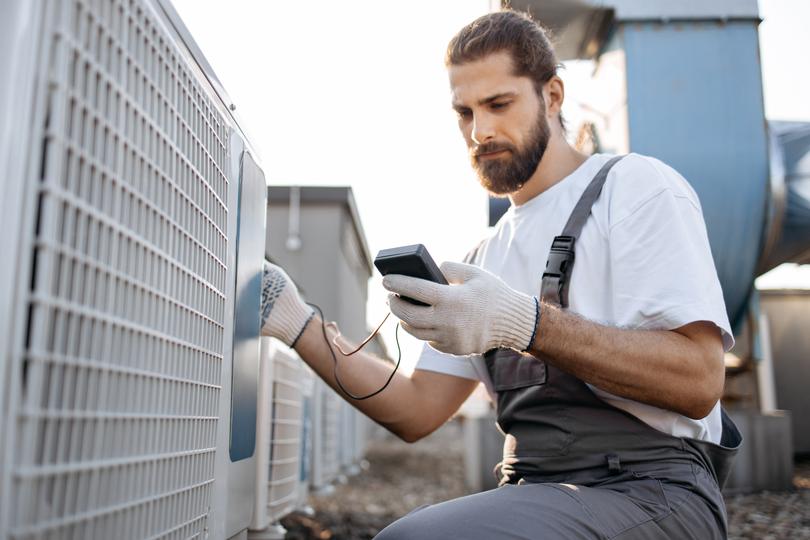
Protect your basement from flooding. Find qualified plumbers for expert basement waterproofing services.

Expert tankless water heater repair services. We can diagnose and fix any issues with your on-deman

Expert sump pump repair and maintenance to keep your basement dry. We connect you with qualified plumbers who specialize in sump pump {repair

Get your AC repaired quickly. Find qualified HVAC technicians near you who specialize in {air conditioner repair|

Improve your indoor air quality and HVAC efficiency. We connect you with professional air duct cleaning services.

Expert boiler repair services for homes and businesses. We can {connect you with qualified HVAC technicians|help you fin
Ready to Install a New Boiler?
Find the Best Boiler Installers on HVACCompaniesHub.com!
Find reliable heating solutions for your home or business.
Boiler Installation Glossary
Boiler
Condensing Boiler
Combi Boiler (Combination Boiler)
System Boiler
Regular Boiler (Conventional Boiler)
BTU (British Thermal Unit)
AFUE (Annual Fuel Utilization Efficiency)
Expansion Tank
Circulator Pump
Pressure Relief Valve
Thermostat
Flue
Heating Engineer
Radiator
Zone Valve
Frequently Asked Questions About Boiler Installation
How much does boiler installation cost?
How long does it take to install a boiler?
What type of boiler is best?
- Combi boilers: Combination boilers provide both heating and hot water on demand , saving valuable space. They are compact, efficient, and well-suited for smaller homes or apartments.
- Condensing boilers: Condensing boilers are one of the most efficient types of boiler. They extract more heat from the fuel by condensing the water vapor in the exhaust gases, thus saving energy. Condensing boilers offer long-term savings.
- System boilers: System boilers heat your central heating system directly and store domestic hot water in a separate cylinder. . They are a good option for properties with multiple bathrooms or high hot water demands.
- Regular boilers: Regular boilers, also known as conventional or traditional boilers, require a separate hot water cylinder, a cold water storage tank, and an expansion tank. They are suitable for larger properties with high hot water requirements and existing pipework.
How do I choose a boiler installer?
- Experience and Qualifications: Check that the company is licensed, bonded, and insured. Verify that the installer has a solid track record with positive reviews.
- References and Reviews: See what others are saying about the company's work and customer service.
- Detailed Quotes: Get written, itemized quotes from at least three contractors. Check for transparency and comprehensiveness in their estimates.
- Warranty: Inquire about warranties on both the boiler itself (from the manufacturer) and the installation (from the installer)..
- Insurance: Verify that the installer has liability and workers' compensation insurance to protect you in case of accidents or damage.
- Payment Terms: Discuss payment options and financing, if needed.
What is the average lifespan of a boiler?
What are the different types of boilers?
- Combi Boilers (Combination Boilers): Most common and provide both heating and hot water instantly , saving space by eliminating the need for separate hot water tanks or cylinders. If you use a lot of hot water, consider other options.
- Regular Boilers (Conventional, Heat-Only Boilers): More complex systems that involve both a storage tank and a hot water cylinder. They deliver a consistent supply of hot water but are usually less energy-efficient than newer boiler types.
- System Boilers: These boilers heat your central heating directly and also store hot water in a cylinder. They are more compact than regular boilers but more expensive than combi boilers. . System boilers are suitable for properties with more than one bathroom or high hot water usage.
- Condensing Boilers: High-efficiency boilers recycle heat from exhaust gases to pre-heat water, minimizing waste. These are more expensive initially but reduce energy consumption and operating costs.
What is a combi boiler?
What are the signs that I need a new boiler?
- Your boiler is more than 15 years old: Older boilers are much less efficient than modern condensing boilers and are more likely to break down, so upgrading to a new, energy-efficient boiler could save you significant amounts on your energy bills over time.
- Your boiler keeps breaking down: If your boiler requires frequent repairs, it might be more cost-effective to replace it in the long run.
- Your energy bills are increasing: An inefficient boiler uses more energy resulting in costly increases to your heating bills. Consider replacing it with an energy-efficient model.
- Your boiler is making strange noises: Unusual banging, whistling, or gurgling sounds might mean there is a serious issue with your boiler and require professional service.
- Your radiators are not heating up properly: Radiators not getting hot evenly or consistently could indicate a problem with your boiler's circulation.
- Low water pressure: Low water pressure might mean your boiler is not functioning optimally. A qualified technician should investigate the problem. .
- Leaks or drips near your boiler: If you notice leaks or drips around your boiler, it's important to get it checked by a professional immediately.
- Pilot light goes out frequently: A faulty pilot light is often a sign of bigger issues to come.
- Yellow flame instead of blue: A yellow flame could indicate the presence of carbon monoxide, which is a dangerous gas. . If you see a yellow flame, turn off the boiler and contact a qualified technician immediately..
How do I bleed my radiators?
How do I repressurize my boiler?
How do I reset my boiler?
How do I turn off my boiler?
What is a condensing boiler?
What is the difference between a regular boiler and a system boiler?
Do I need a new boiler?
- Age: If your boiler is more than 15 years old, you should probably consider replacing it. Newer boilers can significantly reduce energy bills.
- Frequent Repairs: Frequent repairs can be a sign that it is more cost-effective to replace your boiler. .
- Inconsistent Heating: If your boiler takes a long time to heat up the radiators, has inconsistent water temperatures, or creates inconsistent temperatures across your property, it could be failing.
- Leaks and Drips: Any dripping water around your boiler require immediate professional service.
- Unusual Noises: Gurgling, rumbling, or clanking sounds coming from your boiler indicate a potential problem that needs investigating. .
- Increasing Energy Bills: A noticeable rise in your energy bills , even with no changes in temperature settings, could be caused by a decrease in boiler efficiency.
- Yellow Flame: If the flame in your gas boiler is yellow instead of blue, it could indicate incomplete combustion, a sign that your boiler may need to be serviced or replaced. Contact a technician right away.
How often should I service my boiler?
How do I find a Gas Safe registered engineer?
Can I install a boiler myself?
How can I make my boiler more energy-efficient?
- Upgrade to a high-efficiency condensing boiler: They reduce energy loss and lower your heating bills.
- Install a programmable thermostat: A programmable thermostat allows you to set different temperatures for different times of the day , helping you use less energy and save money.
- Insulate your home: Good insulation helps trap heat, keeping your house warm and reducing the amount of work your boiler needs to do. .
- Service your boiler annually: Regular servicing ensures your boiler is operating at optimal efficiency and safety.
- Powerflush your system: Over time, sludge and debris can build up in your heating system, reducing efficiency. A powerflush cleans the system, improving circulation and heat output.
What is a boiler's BTU rating?
What is a boiler’s AFUE rating?
How do I find a boiler installer near me?
What is a power flush, and do I need one for my new boiler?
What safety precautions should I take with a new boiler?
- Carbon Monoxide Detectors: Place CO detectors in strategic locations and test them regularly. . Carbon monoxide (CO) is a deadly, invisible gas. Detectors will alert you if there's a CO leak.
- Annual Service: Have your boiler serviced annually. This ensures it's working at its best. A professional service can identify potential issues and prevent breakdowns.
- Check for Leaks: Look for water or other fluids that might indicate a leak. If a leak is detected, seek professional service.
- Know Your System: Familiarize yourself with the controls and features of your new boiler. . Read the manufacturer's instructions for safe operation and maintenance tips. .
- Ventilation: Ensure the room or area where your boiler is installed has proper airflow. Never block any vents or air intakes.
- Gas Safety (for gas boilers): If you detect a gas leak, immediately turn off the gas supply, open windows for ventilation, and evacuate the building. Contact your gas company from a safe location.
How much does boiler installation cost?
How long does it take to install a boiler?
What type of boiler is best?
- Combi boilers: Combination boilers provide both heating and hot water on demand , saving valuable space. They are compact, efficient, and well-suited for smaller homes or apartments.
- Condensing boilers: Condensing boilers are highly efficient . They extract more heat from the fuel by condensing the water vapor in the exhaust gases, thus saving energy. Condensing boilers offer long-term savings.
- System boilers: System boilers heat your central heating system directly and store hot water separately. They are a good option for properties with multiple bathrooms or high hot water demands.
- Regular boilers: Regular boilers, also known as conventional or traditional boilers, require a separate hot water cylinder, a cold water storage tank, and an expansion tank. They are suitable for larger properties with high hot water requirements and existing pipework.
How do I choose a boiler installer?
- Experience and Qualifications: Make sure the installer is Gas Safe registered (for gas boilers) or OFTEC registered (for oil boilers) in the UK, or similarly qualified and licensed in your region. Verify that the installer has a solid track record with positive reviews.
- References and Reviews: Ask for references and check online reviews to assess the installer's reputation.
- Detailed Quotes: Get written, itemized quotes from multiple installers to compare costs and services.. Check for transparency and comprehensiveness in their estimates.
- Warranty: Inquire about warranties on both the boiler itself (from the manufacturer) and the installation (from the installer)..
- Insurance: Verify that the installer has liability and workers' compensation insurance to protect you in case of accidents or damage.
- Payment Terms: Ask about their payment terms and any financing options they may offer.
What is the average lifespan of a boiler?
What are the different types of boilers?
- Combi Boilers (Combination Boilers): Most common and provide both heating and hot water on demand, saving space by eliminating the need for separate hot water tanks or cylinders. If you use a lot of hot water, consider other options.
- Regular Boilers (Conventional, Heat-Only Boilers): These boilers require both a cold water storage tank (usually in the loft) and a hot water cylinder (usually in an airing cupboard), taking up more space. They deliver a consistent supply of hot water but are usually less energy-efficient than newer boiler types.
- System Boilers: These boilers heat your central heating directly and also store hot water in a cylinder. They are more compact than regular boilers but more expensive than combi boilers. . System boilers are suitable for properties with more than one bathroom or high hot water usage.
- Condensing Boilers: High-efficiency boilers recycle heat from exhaust gases to pre-heat water, minimizing waste. These are more expensive initially but reduce energy consumption and operating costs.
What is a combi boiler?
What are the signs that I need a new boiler?
- Your boiler is more than 15 years old: Older boilers are much less efficient than modern condensing boilers and are more likely to break down, so upgrading to a new, energy-efficient boiler could save you significant amounts on your energy bills over time.
- Your boiler keeps breaking down: Frequent service calls might mean it's time for a new boiler.
- Your energy bills are increasing: An inefficient boiler uses more energy resulting in costly increases to your heating bills. Consider replacing it with an energy-efficient model.
- Your boiler is making strange noises: Unusual banging, whistling, or gurgling sounds might mean there is a serious issue with your boiler and should be investigated by a qualified heating engineer.
- Your radiators are not heating up properly: Radiators taking a long time to warm up, or some radiators not heating at all could indicate a boiler malfunction, air in the system, or circulation problems.
- Low water pressure: Low water pressure can be a symptom of issues with the boiler. Have a heating engineer inspect the system.
- Leaks or drips near your boiler: If you notice water pooling around your boiler, it's important to get it checked by a professional immediately.
- Pilot light goes out frequently: A faulty pilot light is often a sign of bigger issues to come.
- Yellow flame instead of blue: A yellow flame could indicate the presence of carbon monoxide, which is a dangerous gas. . If you see a yellow flame, turn off the boiler and contact a qualified technician immediately..
How do I bleed my radiators?
How do I repressurize my boiler?
How do I reset my boiler?
How do I turn off my boiler?
What is a condensing boiler?
What is the difference between a regular boiler and a system boiler?
Do I need a new boiler?
- Age: If your boiler is more than 15 years old, you should probably consider replacing it. Newer boilers can significantly reduce energy bills.
- Frequent Repairs: Frequent repairs can be a sign of more problems to come. In some situations, replacing the system is more sensible.
- Inconsistent Heating: If your boiler struggles to heat your home evenly , it may be time for a new one. .
- Leaks and Drips: Any dripping water around your boiler require immediate professional service.
- Unusual Noises: Strange noises like banging, kettling, or whistling coming from your boiler indicate a potential problem that needs investigating. .
- Increasing Energy Bills: Higher utility costs, even with no changes in temperature settings, could be caused by a decrease in boiler efficiency.
- Yellow Flame: If the flame in your gas boiler is yellow instead of blue, it could indicate incomplete combustion, a sign that your boiler may need to be serviced or replaced. A yellow flame can also mean a dangerous carbon monoxide leak, so have it checked immediately. .
How often should I service my boiler?
How do I find a Gas Safe registered engineer?
Can I install a boiler myself?
How can I make my boiler more energy-efficient?
- Upgrade to a high-efficiency condensing boiler: Condensing boilers are significantly more efficient than older non-condensing boilers.
- Install a programmable thermostat: A programmable thermostat allows you to set different temperatures for different times of the day , helping you use less energy and save money.
- Insulate your home: Adequate insulation in walls, attics, and floors can make a big difference.
- Service your boiler annually: Regular servicing ensures your boiler is running as efficiently as possible. .
- Powerflush your system: Remove buildup that interferes with your system's performance. It also extends the lifespan of your boiler.
What is a boiler's BTU rating?
What is a boiler’s AFUE rating?
How do I find a boiler installer near me?
What is a power flush, and do I need one for my new boiler?
What safety precautions should I take with a new boiler?
- Carbon Monoxide Detectors: Install carbon monoxide detectors on every level of your home and test them regularly. . Carbon monoxide (CO) is a deadly, invisible gas. Detectors will provide an early warning if there's a CO leak.
- Annual Service: Have your boiler serviced annually. This ensures it's running safely and efficiently.. A professional service can identify potential issues and prevent breakdowns.
- Check for Leaks: Periodically check for leaks or drips around your boiler and piping. If you find any, contact a qualified heating engineer for repairs..
- Know Your System: Familiarize yourself with the controls and features of your new boiler. . Be sure to read the manual.
- Ventilation: Make sure your boiler has adequate ventilation. Never block any vents or air intakes.
- Gas Safety (for gas boilers): If you have a gas boiler, be aware of the signs of a gas leak, such as a rotten egg smell.